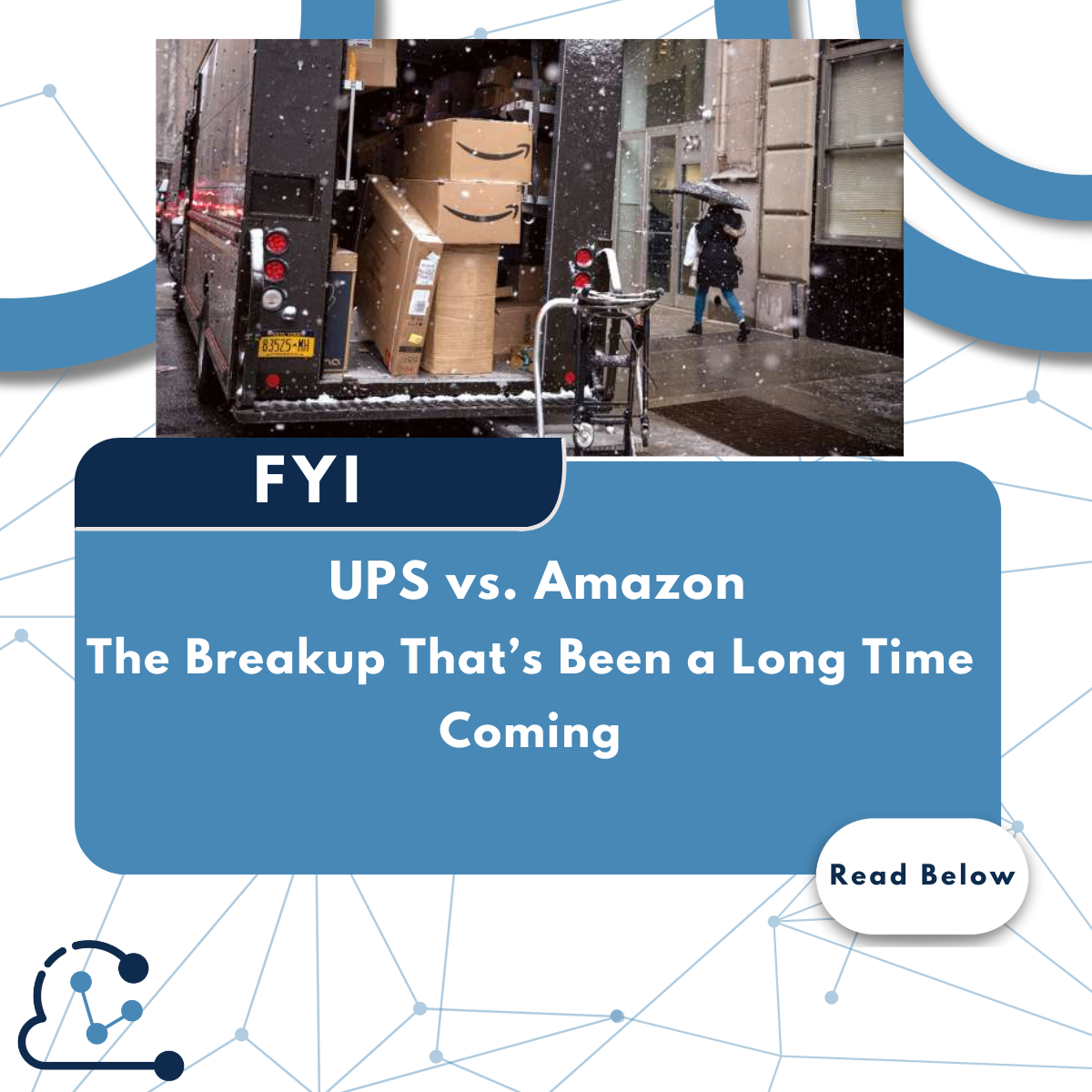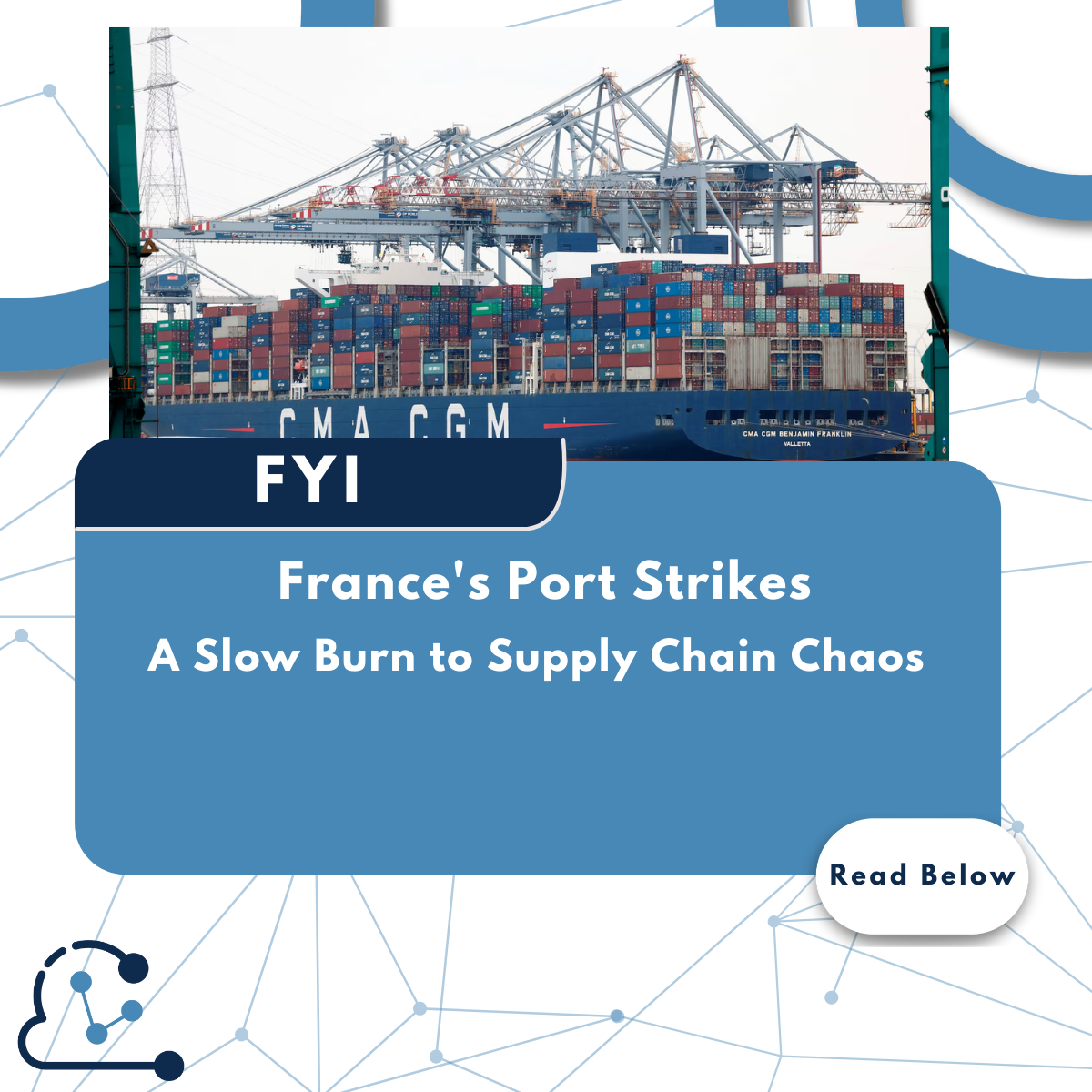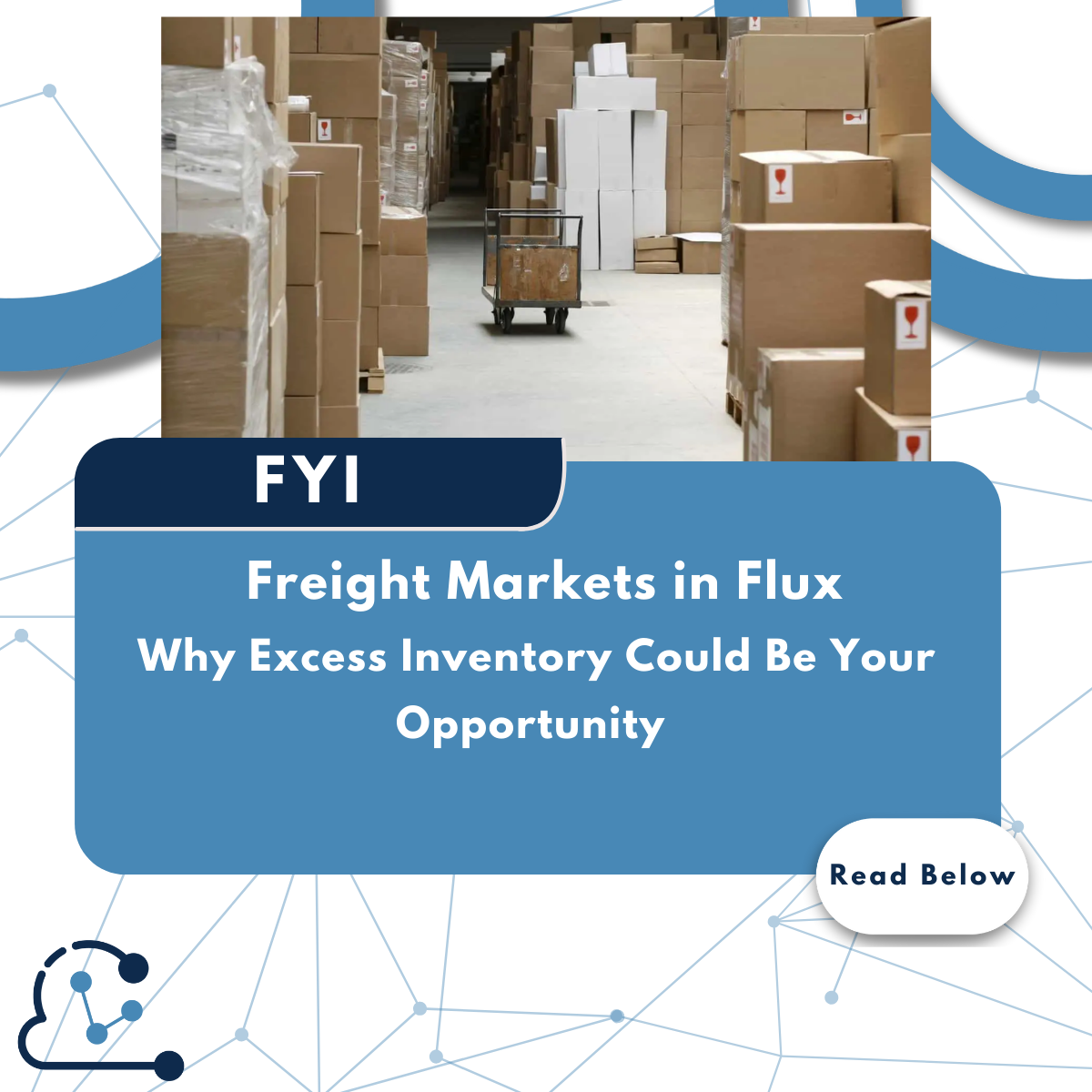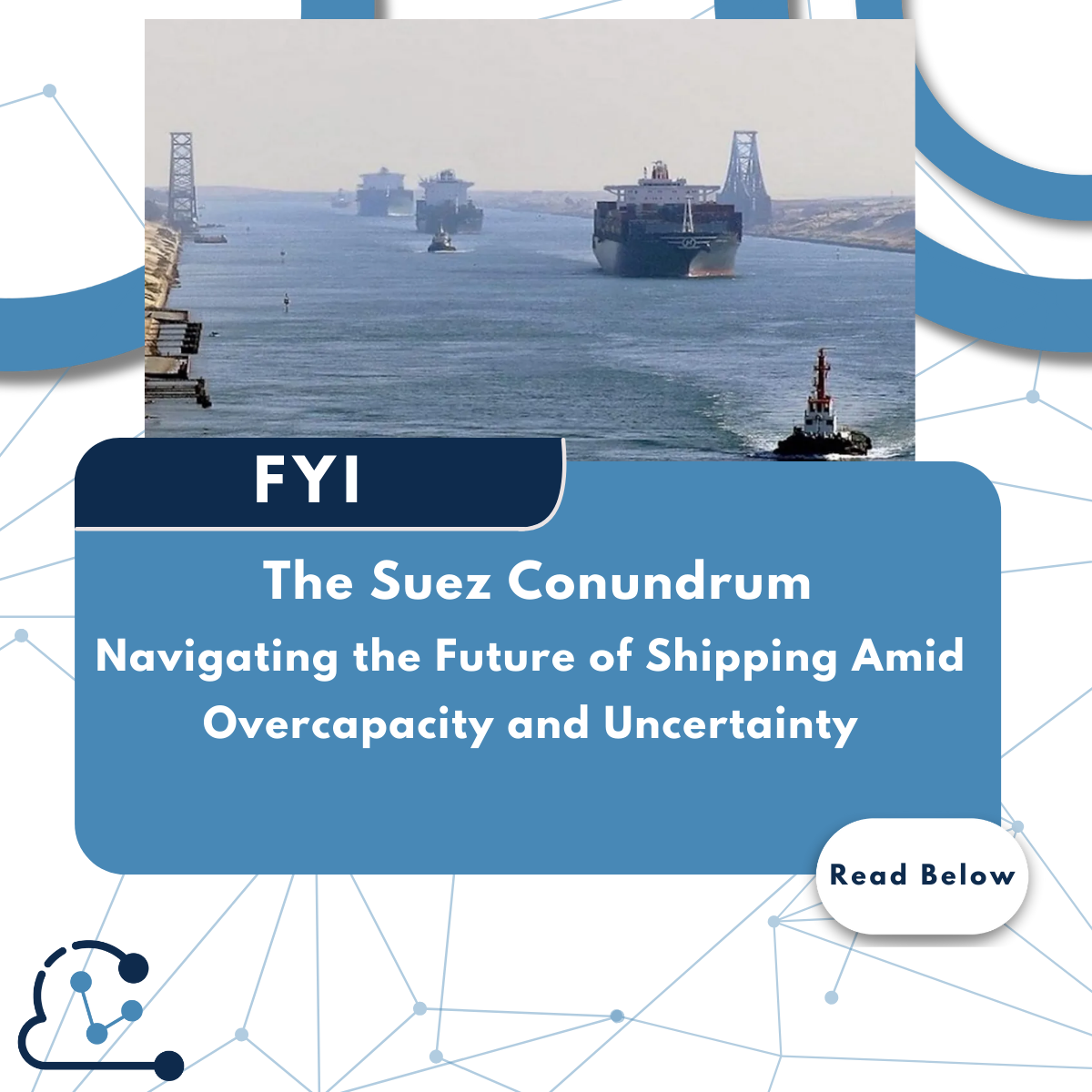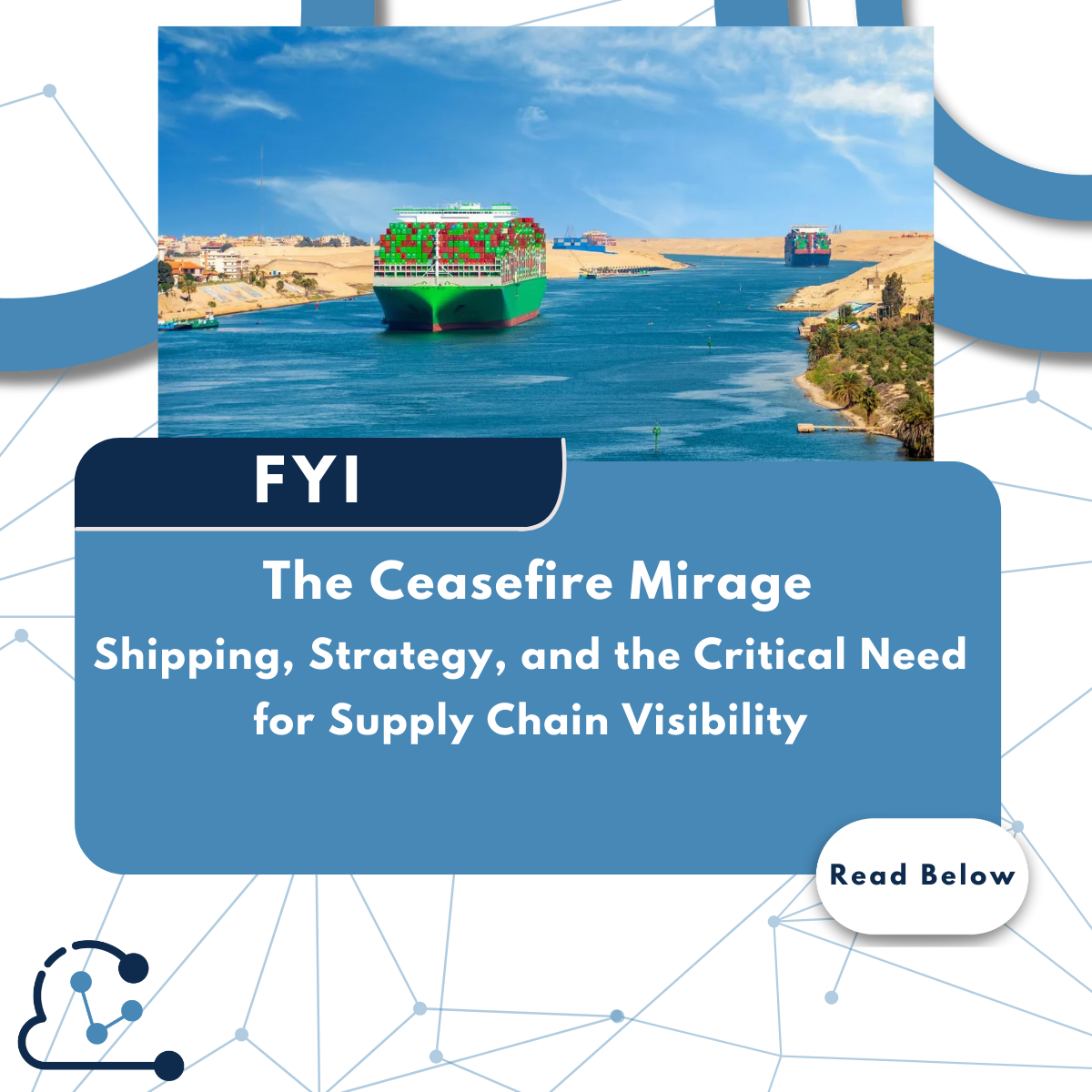UPS has finally decided it’s time to stop playing second fiddle to Amazon. The global logistics giant announced that it will slash the volume of parcels it handles for Amazon by a staggering 50% going into the second half of next year. This move is part of a $1 billion cost-cutting initiative, targeting reductions in air, labour, and road costs, along with closing several facilities.
Why the drastic shift? Amazon may be UPS’ largest customer, but it’s not its most profitable. UPS chief executive Carol Tomé made it clear: “Amazon is our largest customer, but not our most profitable,” calling out the “dilutive” impact Amazon has had on UPS’ margins. And despite the ecommerce giant accounting for just under 12% of UPS’ 2024 revenues, this breakup has already sent shockwaves through the market, with UPS’ stock plummeting 15% on the news.UPS has had a rough few years, losing a third of its value post-pandemic, as ecommerce demand normalised. And if that wasn’t enough, Q4 2024 revenues hit $24.3 billion, falling short of the forecasted $25.42 billion, with full-year 2025 revenue expectations sitting at $89 billion.
From Amazon’s Backseat to Owning the RoadBut this isn’t a white-flag moment. Instead, UPS is shifting gears. Rather than relying on Amazon’s volume, it’s pivoting toward the small parcel sector—an area it previously shunted to the US Postal Service. UPS is also making moves to capitalise on new ecommerce heavyweights, securing deals with Shein and Temu—two ultra-fast fashion juggernauts with massive logistics needs.This shift signals a more strategic, long-term play. Why continue running on Amazon’s treadmill when you can build a more profitable route?
The Bigger Picture: Visibility, Resilience & Climate Impact
What does this mean for the supply chain? Simple uncertainty. Whenever major shifts like this occur, businesses that depend on stable logistics networks suddenly face disruptions that can cripple operations.This is why implementing supply chain and climate impact visibility software is no longer a luxury—it’s a necessity. Real-time data insights empower BCOs and Logistics Service Providers (LSPs) to make business-critical decisions, mitigate risks, and navigate supply chain shocks.UPS’ pivot underscores the reality: supply chains are volatile, and those without visibility are flying blind. If your business isn’t leveraging real-time insights to anticipate shifts, you’re not steering your ship—you’re waiting to get hit by the next wave.The industry is changing. Adapt, or be disrupted.

